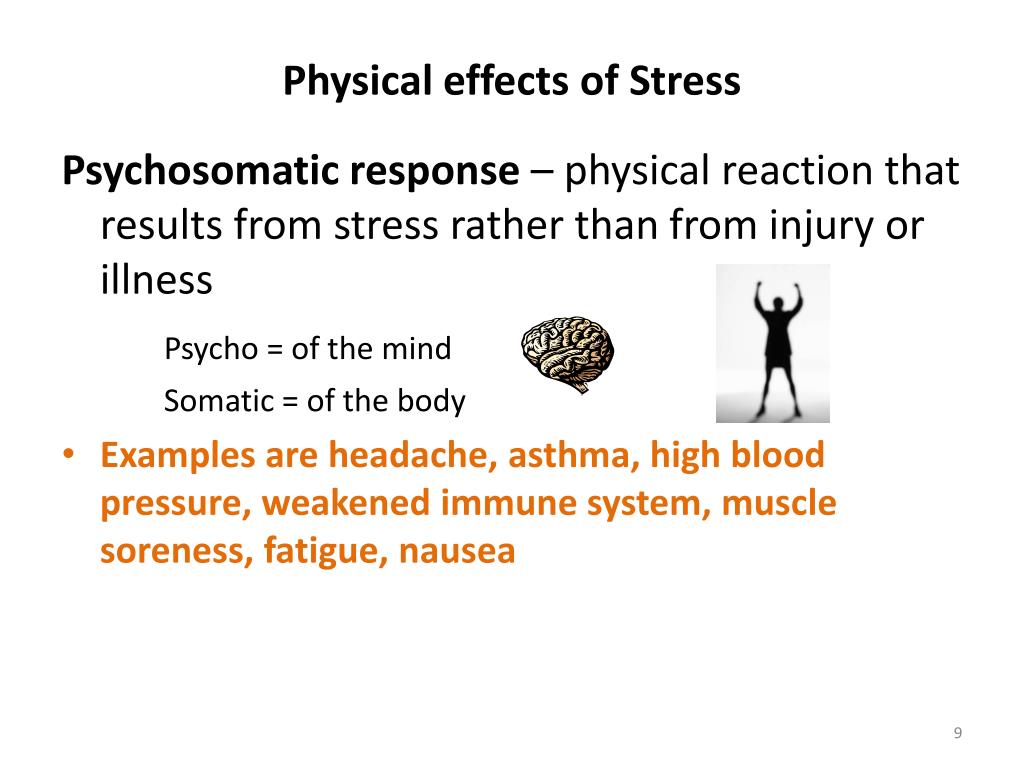
As adults, children’s fears are often downplayed, downplayed or even ridiculed. In addition, it is vital to offer them a safe space to express themselves. Thanks to this, the child will be able to recognize her fear when it arises, give it a name and understand what happens.

We must emphasize that it can generate symptoms in the body (such as a rapid heartbeat), certain thoughts (such as “it will be very difficult”) and specific behaviors (such as running away or trying to avoid it). For this it is necessary to explain to them what fear is, how it manifests itself, which situations generate it easily and what we can do with it. In these moments, understanding what’s going on increases your sense of control. They will only open in an environment where they feel safe.Ĭhildren, like adults, can feel overwhelmed when intense emotion assails them. For this reason, we recommend that you make an effort to maintain smooth and smooth communication with children. Likewise, conversations with siblings, friends, and colleagues can sometimes awaken these fears. Monitoring this content is more important than we think, so that they are not exposed to images or ideas that are not suited to their level of maturity.
#Pathological fear examples series#
However, some fears are closely related to the content that children consume in movies, series or social networks. Take care of the content that is consumedįear is a natural emotion that fulfills a function and that will appear on multiple occasions in a child’s life. In addition to this, there are several strategies we can implement to help children overcome their fears, whatever they are:ġ.

Getting to know them won’t stop them from appearing, but it will put us in a better position if we want to help them. And it is that there are some fears that tend to appear in specific stages of development They are called evolutionary fears.
#Pathological fear examples how to#
How to help children overcome their fearsįirst, when faced with a child’s fear, it is convenient to determine its nature. However, helping children cope with this emotion not only prevents them from experiencing great distress, it also provides them with valuable learning that they can apply in different situations in the future. We assume that children will learn to face their fears with time and experience however, the reality is that they need support and referrals so that potential sources of distress don’t end up causing them intense suffering.įears of the dark, storms, strangers and accidents may resolve with age (although they can become chronic and pathological fears). We often make the mistake of thinking that emotional education is unnecessary. This is when parents can equip them with the tools to help them overcome their fears. In any case, it can be difficult for them to deal with very intense emotions, in fact it is already the case for adults.

The question is: how?Ĭhildren can deal with a wide range of fears, many of them developmental and age-specific and other pathological. The anguish they generate can be very intense and adults must be prepared if what we want is to help them. We will all remember part of our childhood. Childhood fears are a common denominator.


 0 kommentar(er)
0 kommentar(er)
